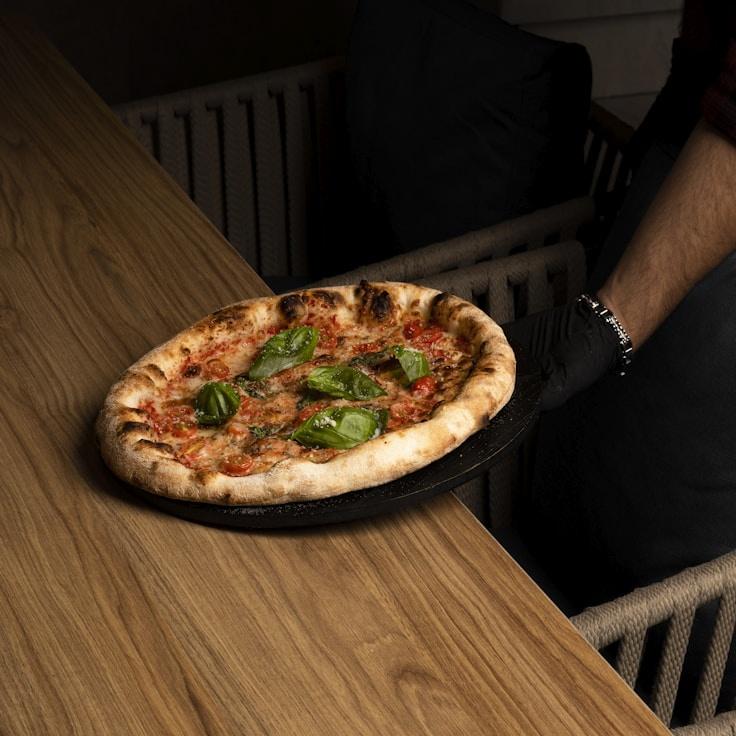Here at GardenBookStudio, we hold the belief that outstanding pizza originates from outstanding dough. With over 30 years spent honing our craft, we're thrilled to let you in on a few of our dough-crafting secrets. Though we can't divulge our proprietary blend (as certain rituals ought to be preserved!), we can guide you through creating a top-tier pizza base right in your kitchen.
The Importance of Flour
The cornerstone of any stellar pizza dough is the flour quality. 00 flour, which is a finely milled Italian variety with a moderate protein level (about 12%), is our go-to choice as it strikes a delicate balance between structure and softness. If 00 flour isn't available, bread flour works as an alternative despite yielding a marginally different texture.
Choosing the Right Water Temperature and Hydration Rate
The water's temperature is crucial for controlling fermentation duration and dough maturation. To initiate slow fermentation (enhancing flavor), opt for chilled water at approximately 45°F (7°C). For faster fermentation, warmer water around 85°F (29°C) is suitable. The water-to-flour ratio, or hydration, should stay within 60-70% especially for domestic ovens.
Yeast in Moderation, Patience in Abundance
A vital key to savory dough lies in evaluating yeast quantity and fermentation time. We use merely 0.2% of fresh yeast in relation to the flour's weight, letting the dough ferment for 24-48 hours. Such a prolonged period lets flavors deepen while ensuring the dough's better digestibility.
Role of Salt Beyond Taste
While salt indeed adds flavor, it also fortifies the gluten network and moderates yeast activity. Our recommendation is to apply fine sea salt at a rate of 2.5-3% to the flour's weight. Introduce the salt once the flour and water begin to amalgamate, preventing the salt from immediately interacting with the yeast.
The Science of Fermentation
Post-mixing, the dough should undergo a primary fermentation at ambient temperature for 2 hours, then be portioned into individual balls. Stow these in sealed containers and refrigerate for 24-72 hours. During this time, enzymes convert starches into sugars, enriching flavor and contributing to the crust's desirable browning.
Delicate Handling
Prior to baking, withdraw the dough from the chiller 1-2 hours ahead to allow it to return to temperature. Maintain the developed air bubbles by tenderly stretching the dough with fingertips, avoiding rolling pins which can flatten them.
The Culminating Factor: Heat
Our commercial wood-fired ovens can soar as high as 850°F (454°C), while home ovens typically peak around 550°F (288°C). To make up for it, a preheated pizza stone or steel for at least one hour will give the necessary intense bottom heat to achieve a crispy crust with a fluffy interior.
Perfecting the art of pizza dough is a continual learning process, with every batch offering new insights. Note down observations, tweak the process, and find the best approach for your home's unique cooking conditions.
For those interested in observing our dough-creation techniques up close, consider attending one of our monthly pizza classes led by Chef Luca. For future dates, please consult our events schedule!

